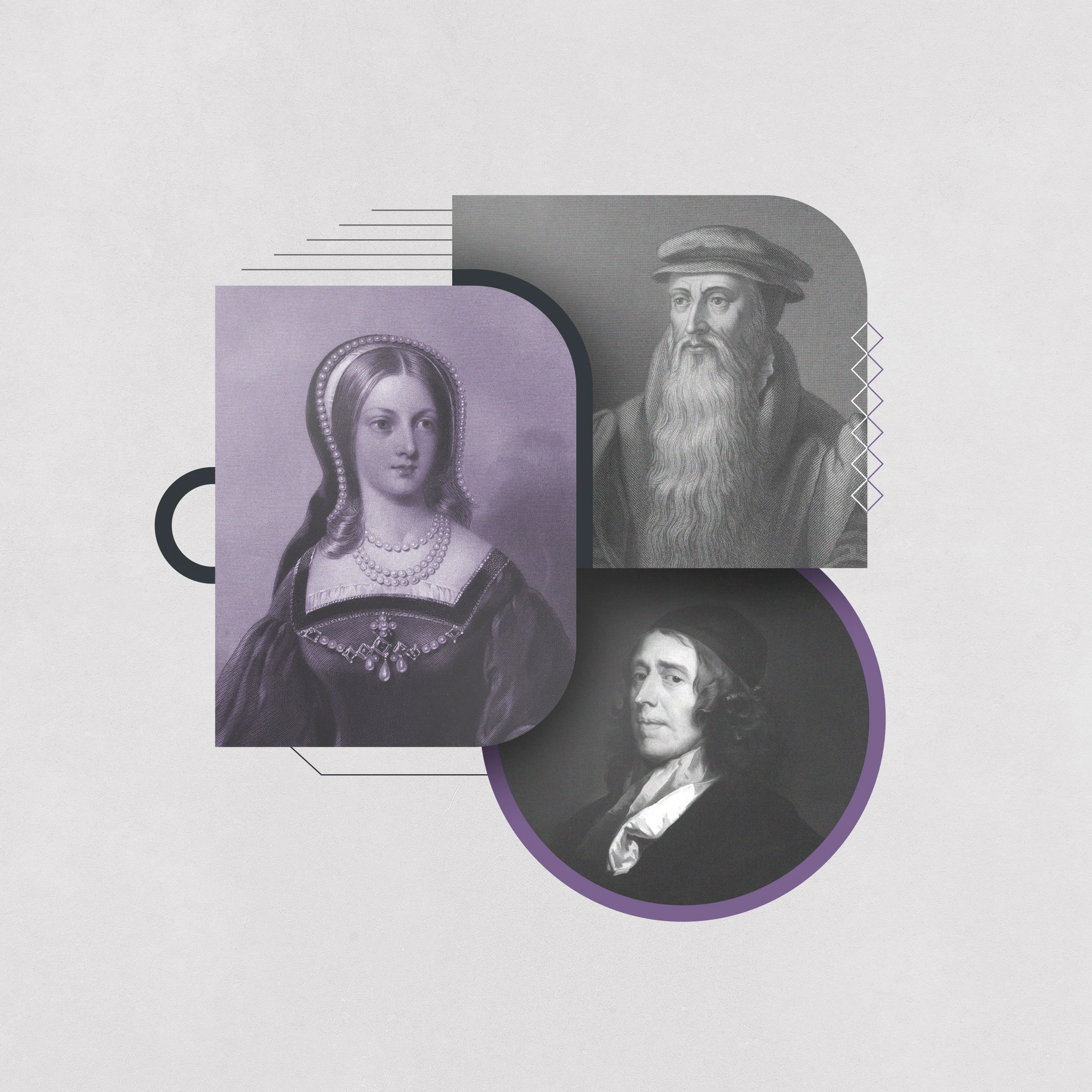Who Was Jane Grey?

As sixteen-year-old Lady Jane Grey stood on the scaffold on a gray winter morning, she looked calmly out over the crowd of spectators. Then, mustering the strength she had asked God to provide, she spoke with such a poise and conviction that even her executioners were moved.
After a brief and customary admission of guilt (all those condemned to death had to admit to the justice of their punishment), Jane emphasized what mattered to her more than anything in the world. “I pray you all, good Christian people,” she said, “to bear me witness that I die a true Christian woman, and that I look to be saved by none other means but only by the mercy of God and the merits of the blood of His only Son Jesus Christ.” She confessed some past sins, particularly love of self and the world, thanked God for His mercy, then asked for prayer, but was careful to add, “while I am alive,” thereby pointing out the futility of the Roman Catholic belief in prayer for the dead.
Jane had ruled England for less than two weeks, during one of the most turbulent times of its history. Young King Edward VI had just died of a pulmonary illness, leaving unconfirmed orders for the installment of Jane to the throne. Taking advantage of strong popular support, Mary Tudor, Henry VIII’s firstborn, swiftly gathered her forces to claim her rights to the crown. Jane was arrested, confined to a section of the Tower of London, tried, and found guilty of treason. Initially, Mary seemed bent on showing mercy. That was until Jane’s father was caught as part of a conspiracy to overthrow the government. At that point, Jane became too great a risk to Mary’s reign. As long as she was alive, someone could try to free her and set her up again as queen. Her death sentence was sealed.
We know relatively little of Jane’s life until Edward’s death and the enactment of his will, but she emerges as a typical teenager from the few documents available. Her early letters reflect a simple desire to move away from home and a pleasing demonstration of literary skill. Her often romanticized complaint that her parents didn’t appreciate her love for higher studies sounds, in reality, like a teenager’s attempt to elicit sympathy at a time of personal frustration. Even her teacher, John Aylmer, had serious concerns when she started to display a seemingly vain interest in fashion and music.
Strangely, it’s in this ordinariness that we may find the greatest encouragement for ourselves and our children. When this very normal young woman had to face sudden humiliation, imprisonment, and eventually death, the Scriptures and theology she had consistently and almost inconspicuously learned, day after day, as a young girl—mostly in church, school, and family devotions—took prominence in her life.
Jane’s life is an encouragement to persevere. If we are grounded in the gospel and sound theology, trials will not catch us unprepared.
Her theological training stands out particularly in her account of a three-day discussion with John Feckenham, an abbot sent by Queen Mary to persuade Jane to accept the Roman Catholic faith. Utterly convinced that “faith only saveth,” Jane confidently and passionately dismantled Feckenham’s arguments regarding the mass by pointing out that Christ sacrificed Himself once and for all on the cross and that He was offering an ordinary piece of bread while present in body with the disciples when He said, “This is my body” (Luke 22:19).
Her familiarity with Scriptures is also obvious in the letters she wrote during her imprisonment, particularly one to Thomas Harding, her former chaplain, who had renounced his faith in the gospel. In just one paragraph of that boldly explicit message, she very naturally quoted about eleven Bible verses.
Finally, her last letter to her younger sister Katherine echoes the words of comfort and instruction Jane must have heard in her younger years:
Desire, sister, to understand the law of the Lord your God. Live to die, that by death you may enter into eternal life, and then enjoy the life that Christ has gained for you by His death. Don't think that just because you are now young, your life will be long, because young and old die as God wills . . . . Deny the world, defy the devil, despise the flesh, and delight yourself only in the Lord. Repent of your sins, and yet don’t despair. Be strong in faith, and yet don’t presume. With St. Paul, desire to die and to be with Christ, with whom, even in death, there is life.
Jane inscribed the same phrase that she wrote to her sister—“Live to die, that by death you may enter into eternal life”—in the dedication of her book of prayers that she left to her jailer. In her last days, her death as a Christian was the only thing that mattered, and she embraced that task with diligence and devotion.
It‘s sometimes easy to see ourselves or our children as the younger Jane—attending almost routinely or even distractedly to the means of grace and the study of God’s Word, seeing little fruit—but Jane’s life is an encouragement to persevere. If we are grounded in the gospel and sound theology, trials will not catch us unprepared. They will strengthen the faith that “comes from hearing,” while “he who began a good work in [us] will bring it to completion” (Rom. 10:17; Phil. 1:6).
This article is part of the Historical Figures collection.



